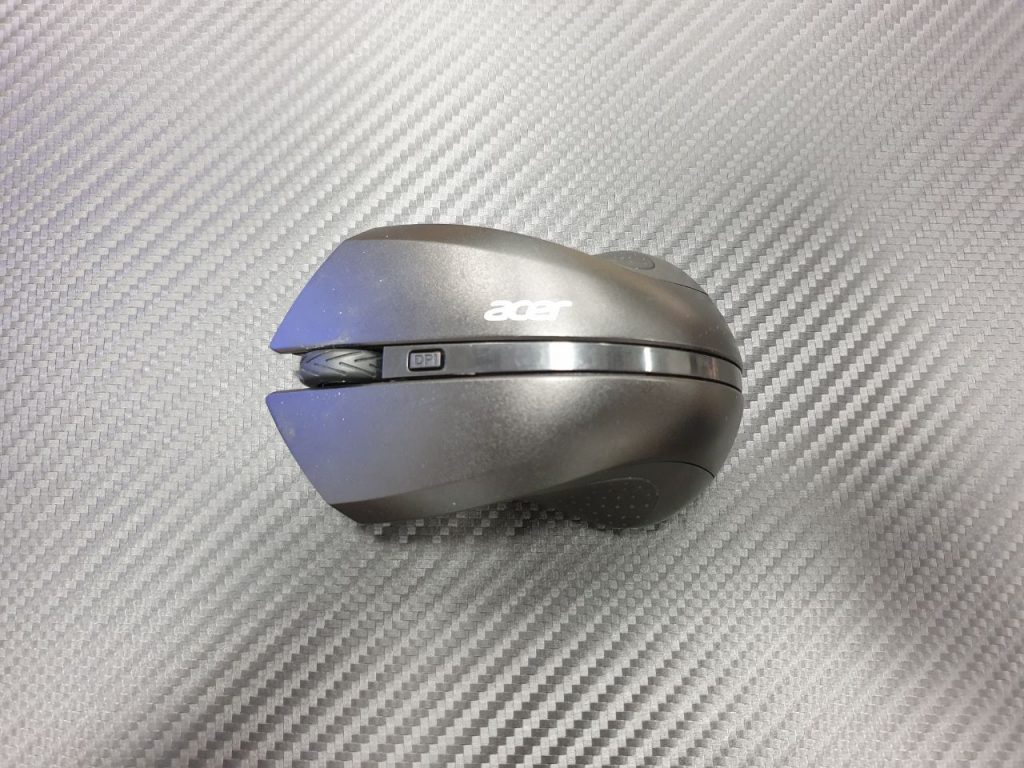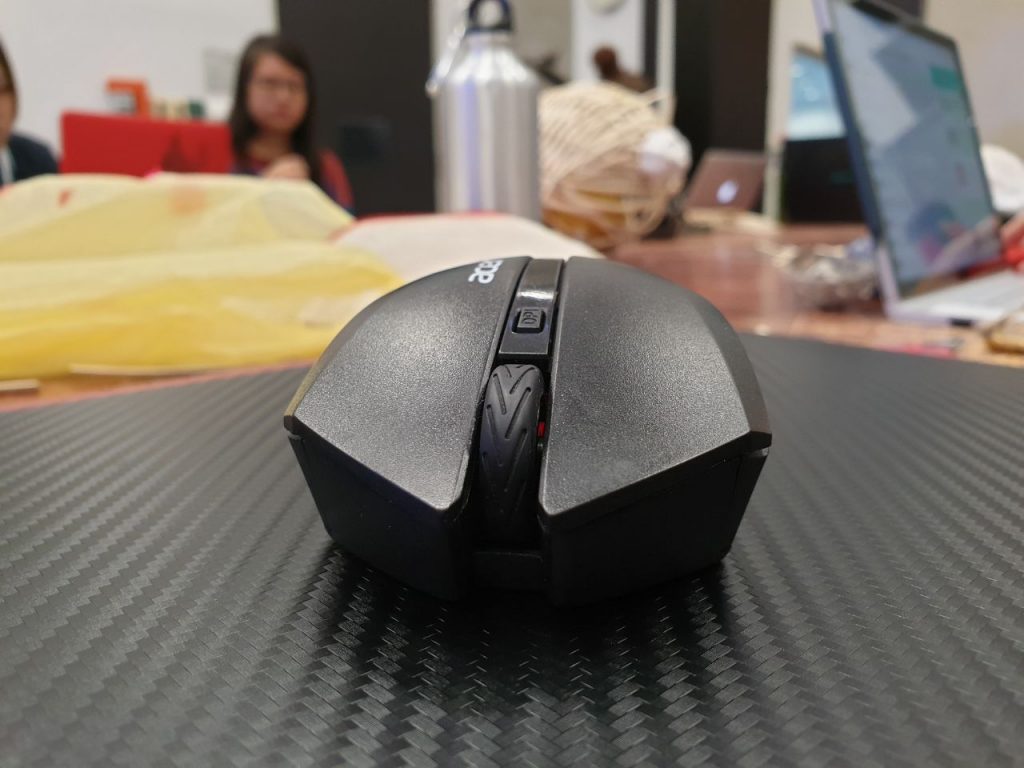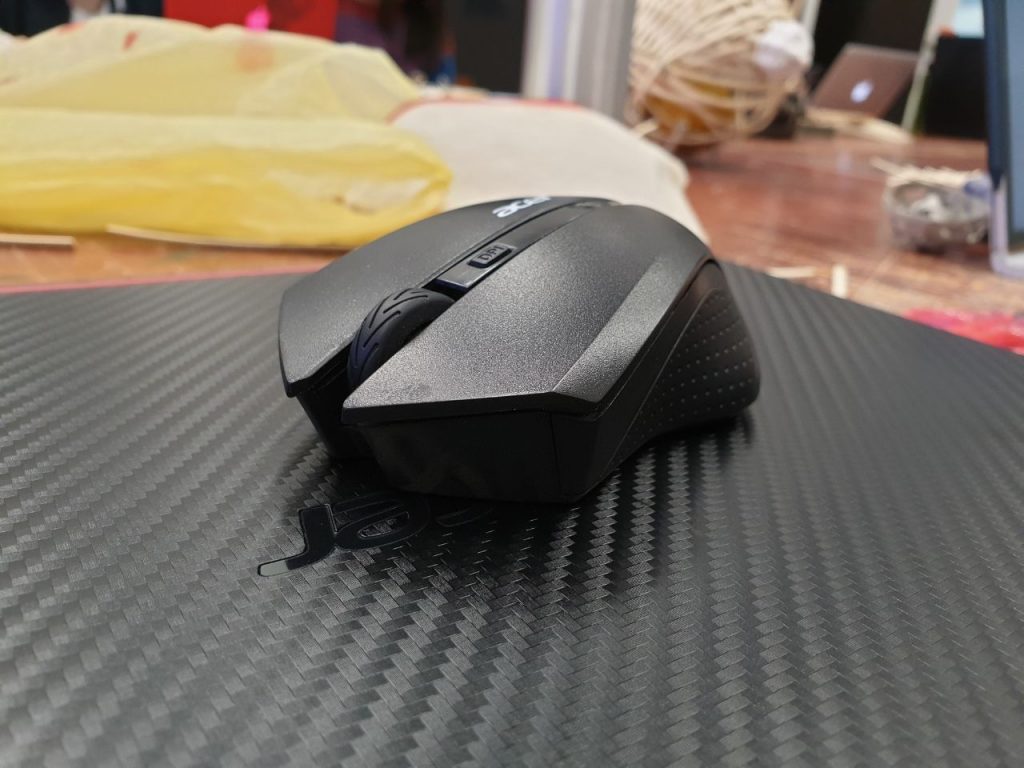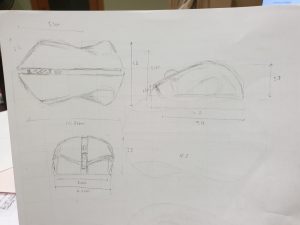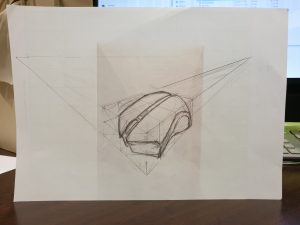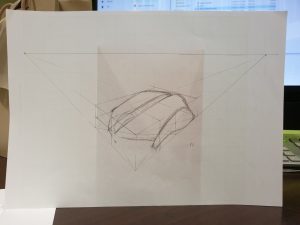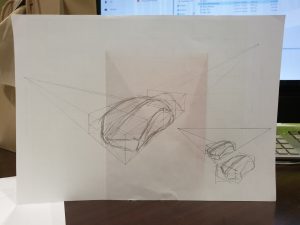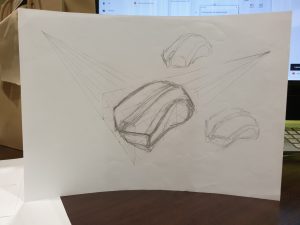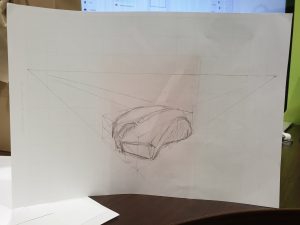For this project, we were tasked to make an art installation that would be situated in a specific area of ADM. It was stated that it should be about 2m x 2m x 2m, and we would be making a model that would be at a scale of 1:5 or 1:10. There were also many things we had to take note of and include in our design:
- Aural Memory/Aural Heightening
- Site-specific
- Involve seating/reclining
- Made from paper cups
Since it had been site-specific, we did an investigation and research on our site, along with seating ergonomics. This had been a pair work, and I did this with Yee Teng.
Our slides are here!
After this, it was individual work and we started to do our prototype models.
The aural memory I decided to work with was the sound of being underwater, having an enveloping feeling, one that is calm and peaceful. I thus made a sketch of a couple of designs to portray this.
However, I soon scrapped those ideas as it had been difficult to make those form using the unique form of paper cups. I hence decided to just experiment with paper cups.
I had a huge issue with this, trying out random forms. I didn’t really like most of my initial prototypes and had no interest in them. Soon, I switch to cutting strips and slits, and made many different forms from it. Of which, I became intrigued with one that happened to interlock when I left it alone, and adopted that design. I also created another curved form that worked well as a seat.
Other prototypes:
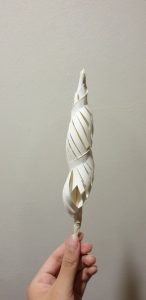

Plus many more I did not like one bit.
This became my chosen design and I pieced them together to form the installation shown below:






Spray painted it.

Added chairs.




Larger image here!
For my final model, I had tried making a 1:10 sized model, with different materials.
Initially, I had used a single sheet of paper, which failed spectacularly due to the thinness of it. I then attempted doubling the sheet, which then made it too flimsy. Ideas such as using corrugated cardboard and art card were considered but later also rejected due to it being either too thick or unsuitable.
Finally, I decided on making a 1:20 model by connecting two layers of shallow paper bowls first. This was done just to be safe; ensuring I had a model to work with. It was lucky I had done this as I ended up not having enough time for my other model.
The 1:10 model I wanted to try to make was not finished, due to the lack of time I had. It was made using paper mache and there had been a lot of drying time due to its sheer size.
I first started by making measurements of the initial small cup I used to make the prototype. Then, calculated the different measurements should the cup’s size be multiplied by 4. I then drew it out on drawing block, making a template.
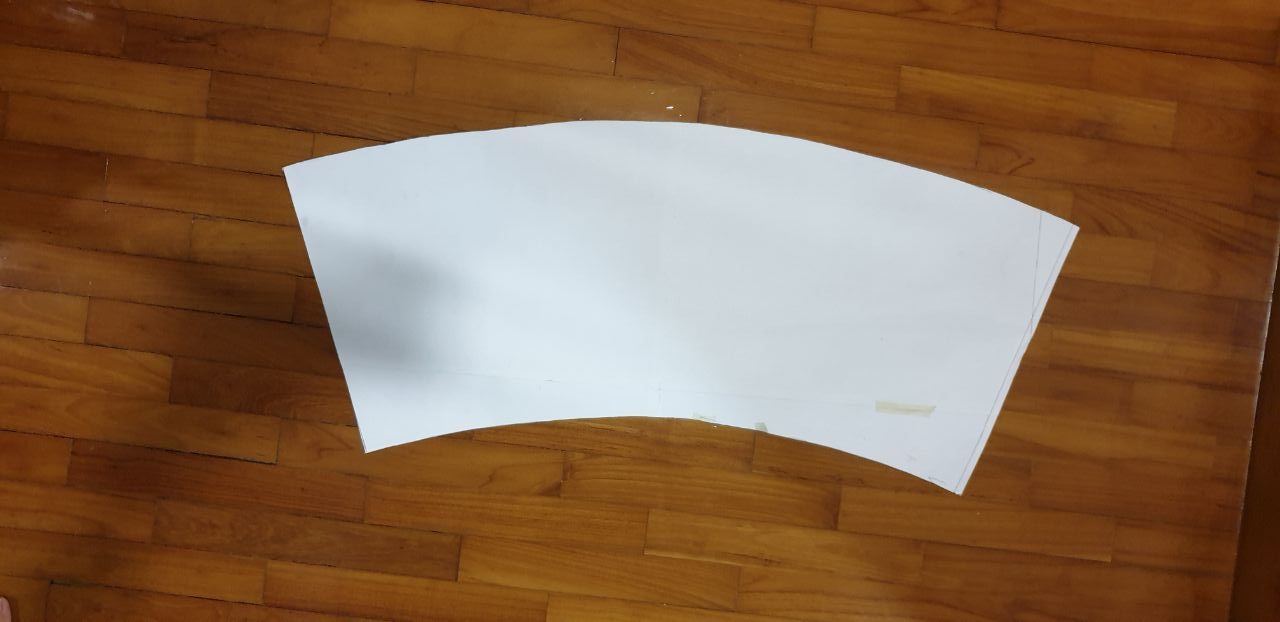
After making the template, I made two plastic cups from the template.

Propping it on a bucket, I made a newspaper cutout of similar size to the template, and then stuck it on the plastic mould, before beginning to paper mache it.

The glue had been self-made from starch and hot water.

I also had to spend much time in between layers, waiting for it to dry.
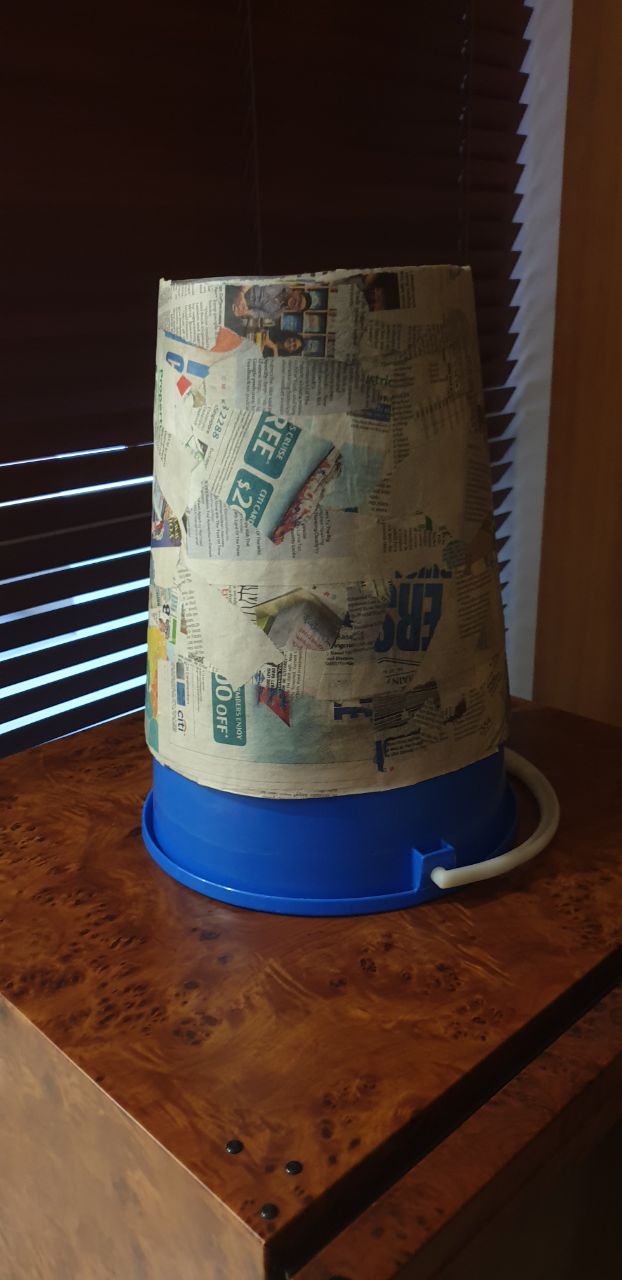
Dried large cups.

This was difficult to do as it was hard to gauge how many layers were enough. It had to be thick enough to hold its shape but soft enough to bend, making there many trial and errors.
Should I have time, I would attempt to make my model with this. But for now, it shall be left as it is. Paper mache-ing was a fun experience but no doubt a painful one. It took long hours and the results were not consistent, I had to retry multiple times.
All in all, this project had been excruciating and tough, but pushed me to think beyond what I normally would. It had been fun, I suppose, despite multiple sleepless nights and 7 am bleariness.




























































